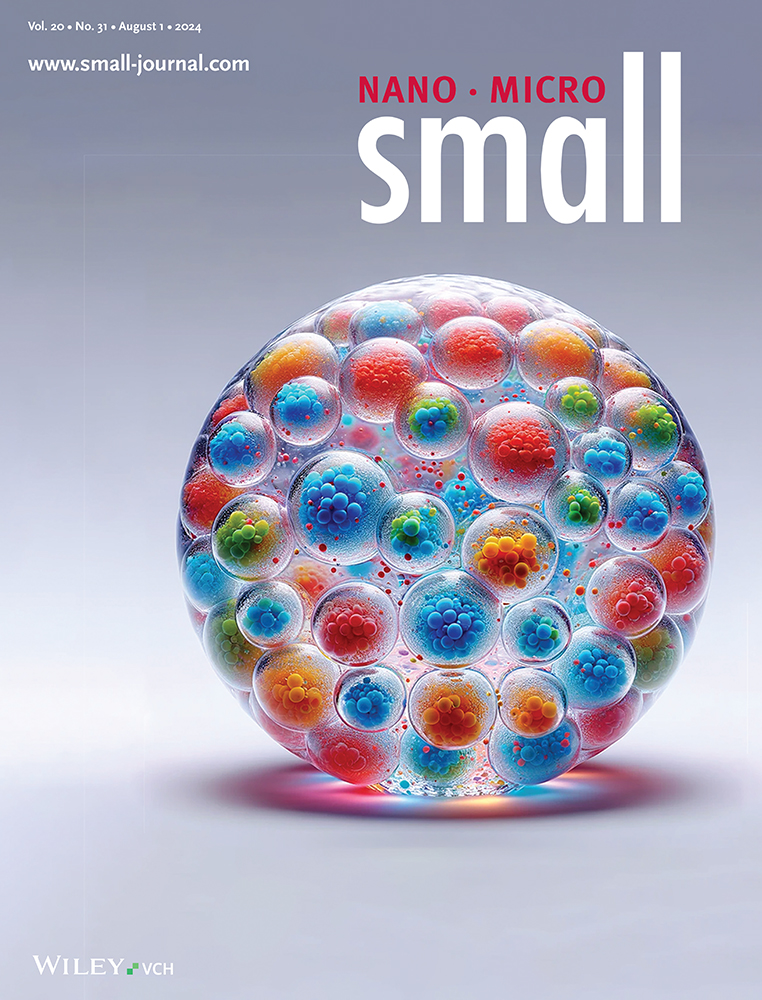Thermal-Responsive Gel-Based Overheat Limiter Enabled Intelligent Photothermal Therapy
Abstract
Uncontrolled and excessive photothermal heating in photothermal therapy (PTT) inevitably causes thermal damage to surrounding normal tissues, severely limiting the universality and safety of PTT. To address this issue, an intelligent cooling thermal-responsive (ICTR) gel containing poly(N-isopropylacrylamide-co-acrylamide) (P(NIPAM-AM))microgel is applied onto the skin to realize intelligent PTT, which can avoid excessive heating and accidental injury. The high near-infrared (NIR) light transmittance (> 95%) of the ICTR gel ensures effective light delivery at low temperatures, while the refractive index of the P(NIPAM-AM) microgel increases remarkably when the temperature exceeds a predetermined threshold, resulting in progressively enhanced light scattering and weakened photothermal conversion. In animal studies, the negative feedback regulation of ICTR gel on light transmittance and photothermal heating allows the photothermal temperature in the lesion site to be stabilized within the effective therapeutic range (45 °C) while ensuring that the skin surface temperature does not exceed 35 °C. Compared with the severe skin thermal damage found in the histological staining of mice skin receiving conventional PTT, the mice skin receiving the ICTR gel-enabled intelligent PTT remains in good condition. This study establishes an intelligent and universal paradigm for PTT thermal regulation, which is of great significance for achieving safe and effective PTT.
Conflict of Interest
The authors declare no conflict of interest.
Open Research
Data Availability Statement
Research data are not shared.




